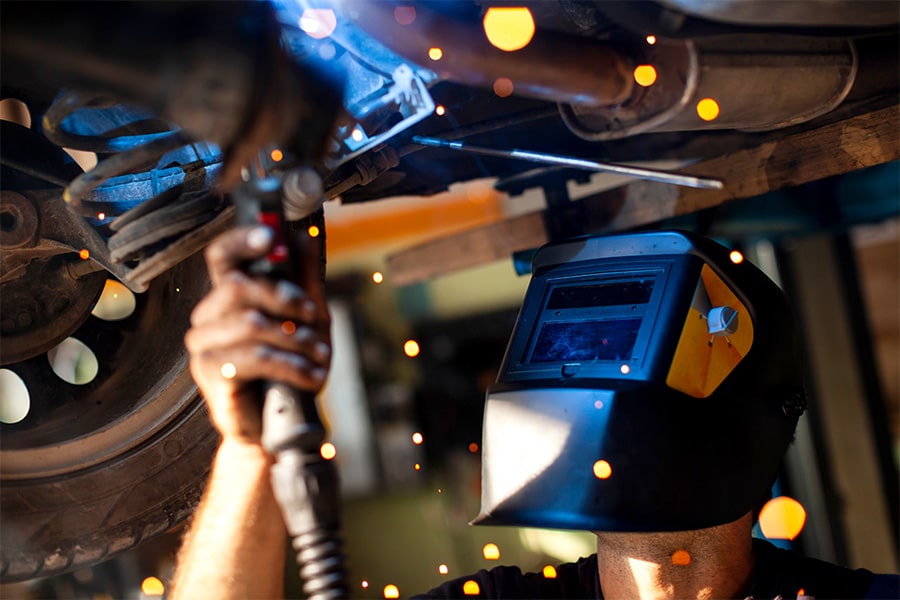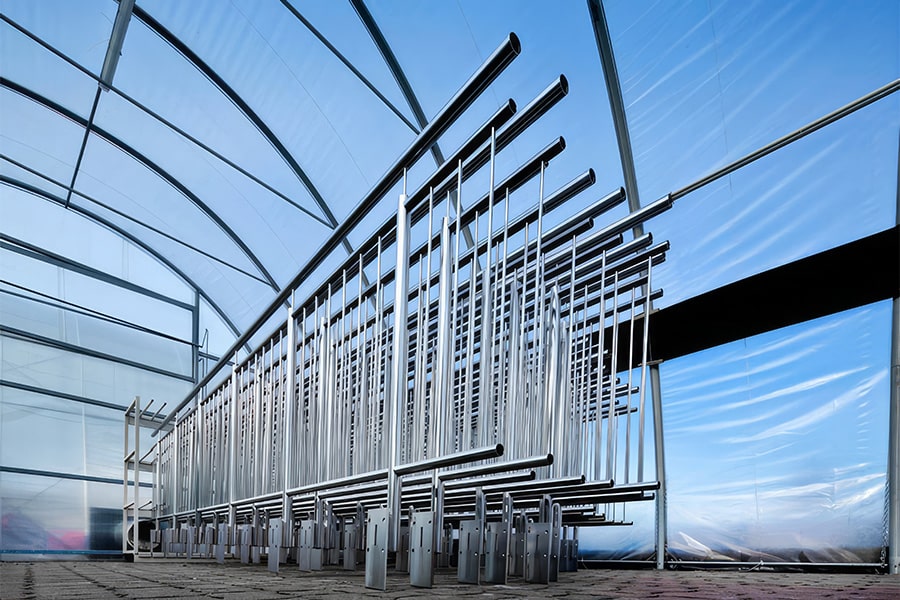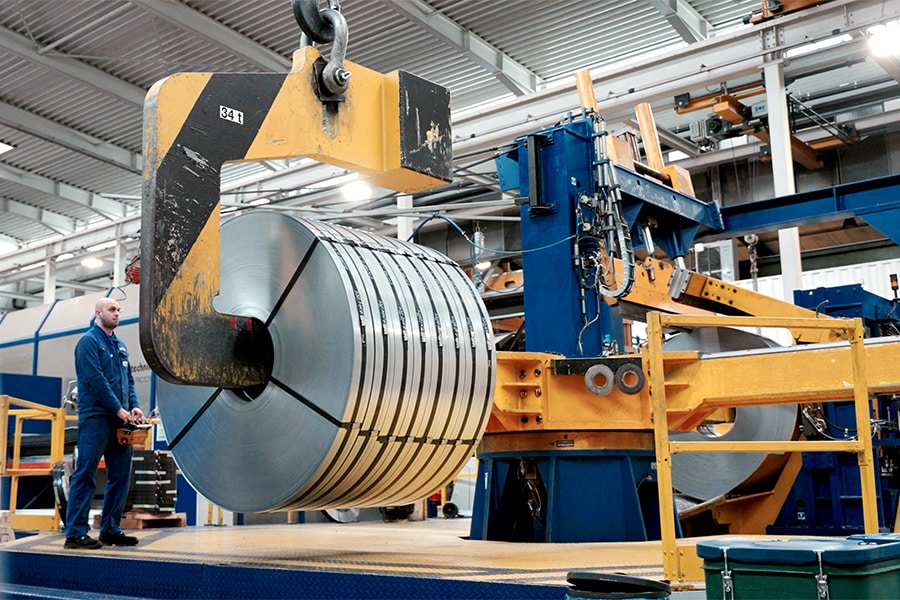
'Every crisis brings opportunity: time to prepare for the future'
The current economic and geopolitical situation is creating a lot of uncertainty. With the ongoing wars in Ukraine and the Middle East, tensions between China and Taiwan and the approaching elections in the U.S. and other countries, the world appears to be in a downward spiral. Increased interest rates and the gloomy economic climate reinforce this picture. But as a pioneer and market leader in CNC machine automation, I see a different, familiar pattern that points to better times that will inevitably follow.
What we are experiencing today is a decompression after a period of unprecedented demand immediately following the pandemic. During the pandemic, production environments were at a standstill and inventories were depleted. During the restart, crucial components were scarce or unavailable for long periods of time, causing companies to send out higher forecasts and orders than necessary. This was more out of fear of a shortage than true economic need. As production could not keep up with demand, forecasts were again revised upward. Low interest rates and these high forecasts caused companies to invest massively to meet demand.
Eventually, people realized that these forecasts did not match reality and were rather the result of uncertainty in the supply chain. Companies drastically lowered their expectations, orders were canceled and deliveries postponed. This led to a downward trend in the industry, resulting in a pessimistic market and declining orders.
Yet anyone who understands the market well knows that this situation is only temporary. Elections will provide political clarity, and wars and tensions will eventually have to be resolved diplomatically. A strong turnaround is expected by the fourth quarter of 2025. When it comes, demand and production will rebound sharply.
Companies should prepare now for this turnaround and be aware of the so-called "whip effect" in the supply chain, where peaks and troughs follow each other in rapid succession. The current lull provides an opportunity for companies to think ahead. Wage costs have increased by 35% since before the pandemic and yet it remains difficult to attract and retain good technical staff. Smart, flexible automation offers the solution: with it, you support your staff during the peaks, without them feeling the full impact of fluctuations in demand.
Personnel costs make up an average of 60% of operating costs, while investment in equipment is only 15%. By investing in automation, companies can lower their cost structure and relieve employees during busy periods. Leasing formulas make this accessible by replacing capital investments (capex) with operating costs (opex). This allows companies without a heavy balance sheet impact to still invest in automation while reducing staff costs. This makes companies more flexible and better able to handle peaks.
Although the current situation seems uncertain, this crisis also brings new opportunities. Companies that invest in automation now will be ready to prosper when the market recovers. And that recovery will come, because the manufacturing industry is the foundation of our prosperity. A lesson we should take away from the pandemic.
The Pen - Helmut De Roovere – CEO at RoboJob



